Turtles make fascinating pets with their distinctive personalities and relatively low-maintenance care requirements. However, one aspect of turtle ownership that often confuses new enthusiasts is tank maintenance. While these shelled companions don’t need daily walks or constant attention, their aquatic habitats require regular cleaning to ensure they remain healthy. The frequency of cleaning a turtle tank isn’t just about aesthetics—it directly impacts your pet’s health, longevity, and quality of life. In this comprehensive guide, we’ll explore the honest truth about turtle tank cleaning schedules, helping you understand what factors influence maintenance needs and how to develop a cleaning routine that works for both you and your reptilian friend.
Understanding the Importance of a Clean Turtle Habitat
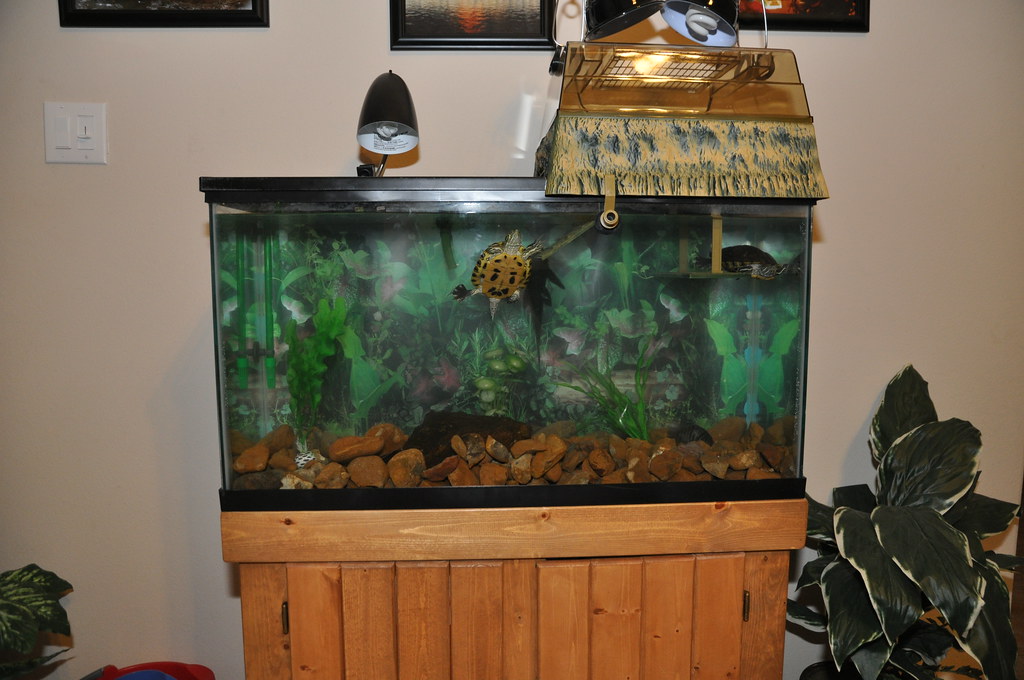
A clean turtle tank is fundamental to your pet’s overall well-being. Turtles produce significant waste that can quickly pollute their water, leading to bacterial growth and potential health problems if left unaddressed. Poor water quality can cause shell infections, respiratory issues, and other serious conditions that may require veterinary intervention. Additionally, turtles that live in dirty environments often experience stress, which can compromise their immune systems and make them more susceptible to illness. Beyond health concerns, a well-maintained tank provides the proper environmental conditions for natural behaviors like swimming, basking, and exploring, which are essential for your turtle’s mental stimulation and physical exercise.
The Basic Cleaning Schedule: A Starting Point
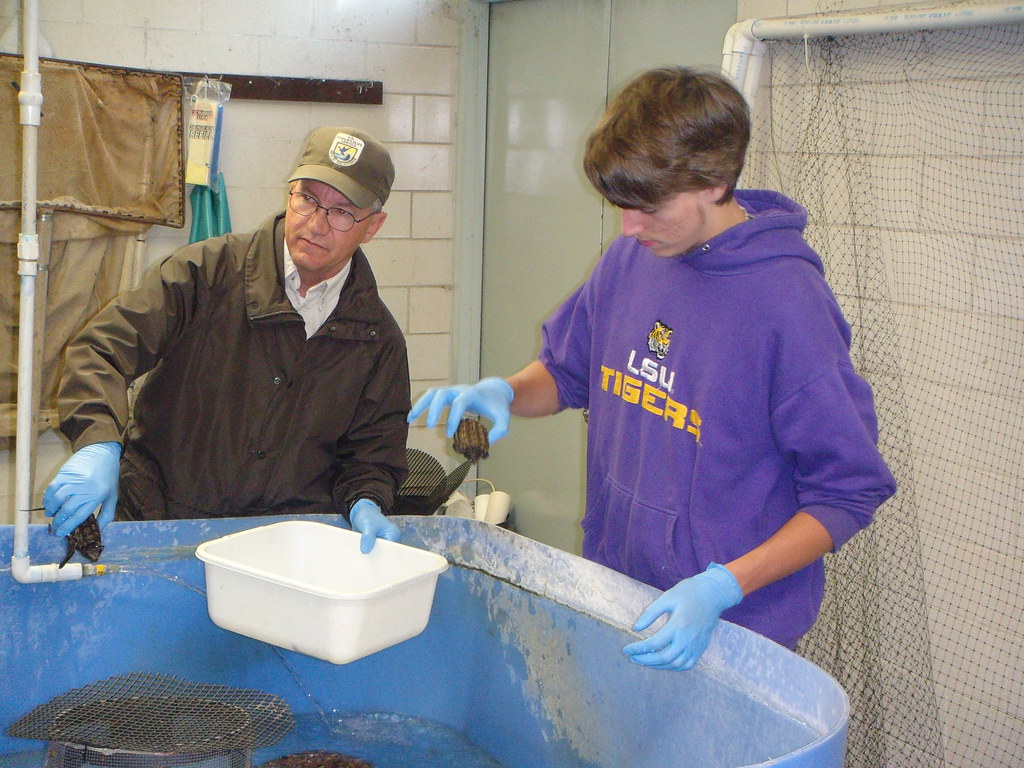
For most turtle setups, a basic maintenance schedule includes partial water changes 1-2 times per week and a complete tank cleaning every 2-4 weeks. During partial water changes, you’ll typically replace 25-50% of the water while removing visible waste and debris with a siphon or net. The complete cleaning involves removing your turtle to a temporary holding tank, emptying all water, scrubbing surfaces, cleaning decorations, and replacing filter media as needed. This schedule represents a general guideline that works for many turtle owners, but it’s important to recognize that your specific situation may require adjustments based on several key factors. Monitoring water quality with testing kits can help you determine if your current cleaning routine is adequate or needs modification.
Factors Affecting Cleaning Frequency: Tank Size Matters
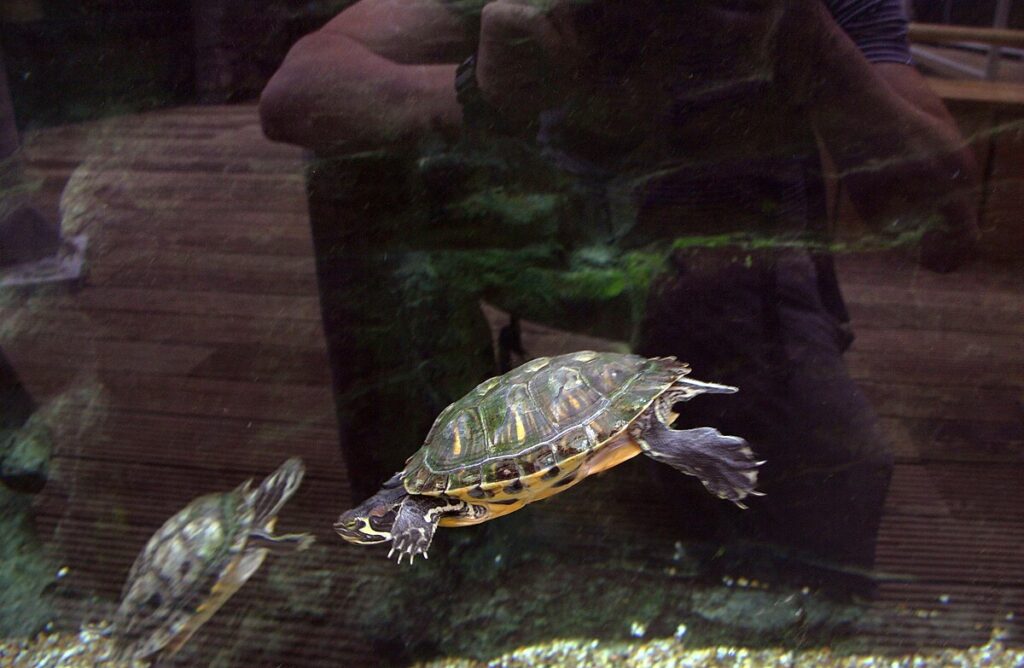
The size of your turtle’s habitat significantly impacts how often you’ll need to clean it. Larger tanks with more water volume dilute waste and maintain water quality for longer periods, potentially requiring less frequent cleaning. As a general rule, experts recommend at least 10 gallons of water per inch of turtle shell length, though more space is always better. A small tank housing a full-grown red-eared slider might require partial water changes every other day, while a spacious 75-gallon setup for the same turtle might only need weekly partial changes. When choosing a tank, remember that investing in a larger habitat not only benefits your turtle’s health and happiness but can also reduce your maintenance workload over time.
The Impact of Filtration Systems on Maintenance Requirements
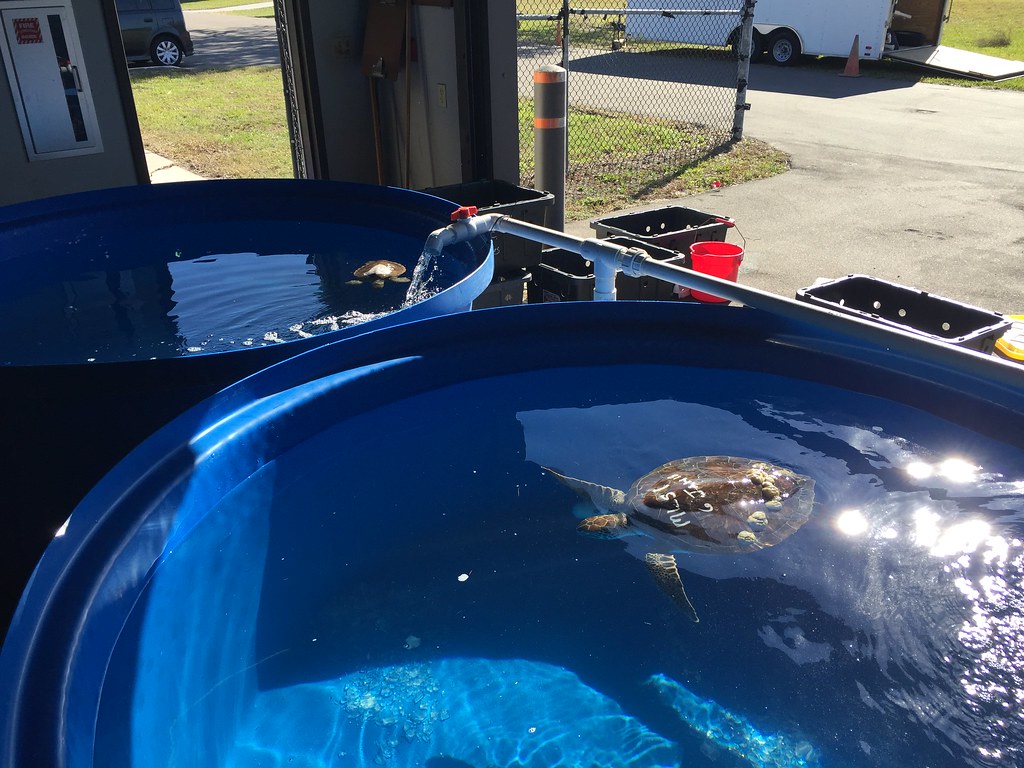
A high-quality filtration system can dramatically reduce the frequency of major cleanings by continuously removing waste particles, chemicals, and harmful bacteria from the water. Experts generally recommend filters rated for at least two to three times your actual tank volume to handle the heavy bioload turtles produce. Canister filters often provide the best results for turtle tanks, offering mechanical, biological, and chemical filtration in one unit. Even with excellent filtration, however, you’ll still need to perform regular maintenance on the filter itself, including rinsing mechanical media weekly and replacing chemical media monthly. Remember that while a good filter extends the time between deep cleanings, it doesn’t eliminate the need for regular water changes and occasional thorough tank maintenance.
Turtle Species and Size: Different Needs for Different Breeds

Different turtle species have varying impacts on their aquatic environments, directly affecting cleaning requirements. Larger species like red-eared sliders and painted turtles generally produce more waste than smaller varieties such as musk or mud turtles. Additionally, primarily aquatic species tend to create more water contamination than semi-aquatic ones that spend significant time basking. Juvenile turtles, despite their smaller size, often require more frequent water changes because they eat more relative to their body size and therefore produce proportionally more waste. Understanding your specific turtle’s needs is crucial—research your particular species’ habits and adjust your cleaning schedule accordingly rather than following a one-size-fits-all approach.
Feeding Habits and Their Effect on Water Quality

How and where you feed your turtle dramatically impacts water quality and cleaning frequency. Turtles that eat in their main tank inevitably leave food particles behind, which decompose and pollute the water much faster than waste alone. Many experienced turtle keepers recommend feeding your pet in a separate container to minimize this contamination. If separate feeding isn’t practical, consider using a feeding platform that contains mess or implementing a feeding schedule that allows time for thorough waste removal afterward. The type of food matters too—fresh foods like leafy greens and fruits typically create less water pollution than commercial pellets or freeze-dried proteins, though a balanced diet should include various food types regardless of their impact on water quality.
Recognizing Signs That Your Tank Needs Cleaning
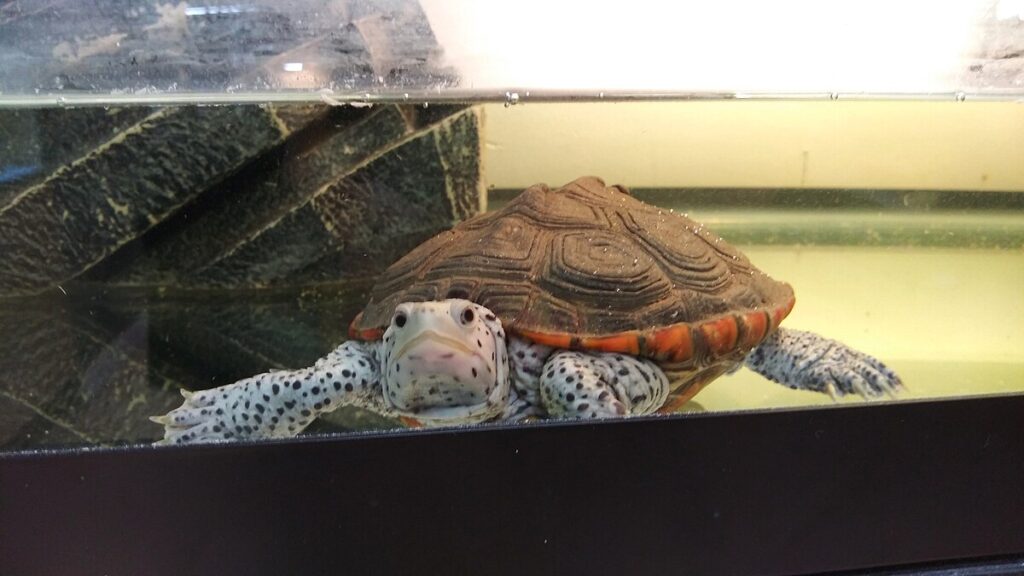
Rather than adhering strictly to a calendar-based cleaning schedule, it’s vital to recognize visual and olfactory cues that indicate your turtle’s habitat needs attention. Cloudy water is perhaps the most obvious sign, often indicating excessive waste, uneaten food, or a bacterial bloom. A foul odor emanating from the tank typically suggests high levels of ammonia or other harmful compounds that can damage your turtle’s respiratory system and overall health. Green water or surfaces covered with algae, while not immediately dangerous, can indicate excessive nutrients and insufficient maintenance. Additionally, if your turtle seems lethargic, loses appetite, or shows behavioral changes like avoiding the water, these could be responses to poor water quality, signaling an urgent need for cleaning and possibly a water quality test.
The Seasonal Aspect: Adjusting Cleaning During Brumation
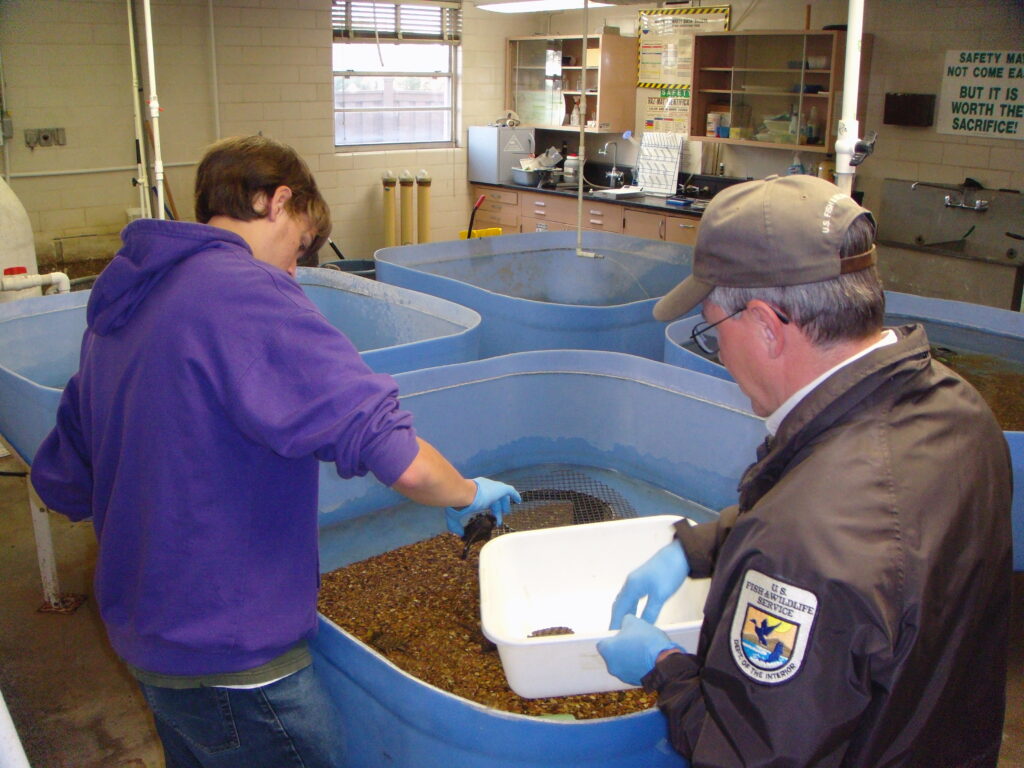
Many turtle species undergo a period of brumation—a reptilian version of hibernation—during colder months, which significantly alters their maintenance needs. During brumation, turtles substantially reduce their activity, feeding, and consequently, waste production. This natural slowdown means you can often extend the time between cleanings without compromising water quality. However, it’s crucial to continue monitoring conditions even during this period, as bacterial growth can still occur in cooler water. Some turtle keepers adjust to a monthly deep cleaning schedule during brumation instead of the bi-weekly routine they might follow during active seasons. Remember that not all pet turtles brumate, particularly if kept in climate-controlled environments with consistent lighting schedules, so observe your specific pet’s behavior before making significant changes to maintenance routines.
Water Quality Testing: The Scientific Approach
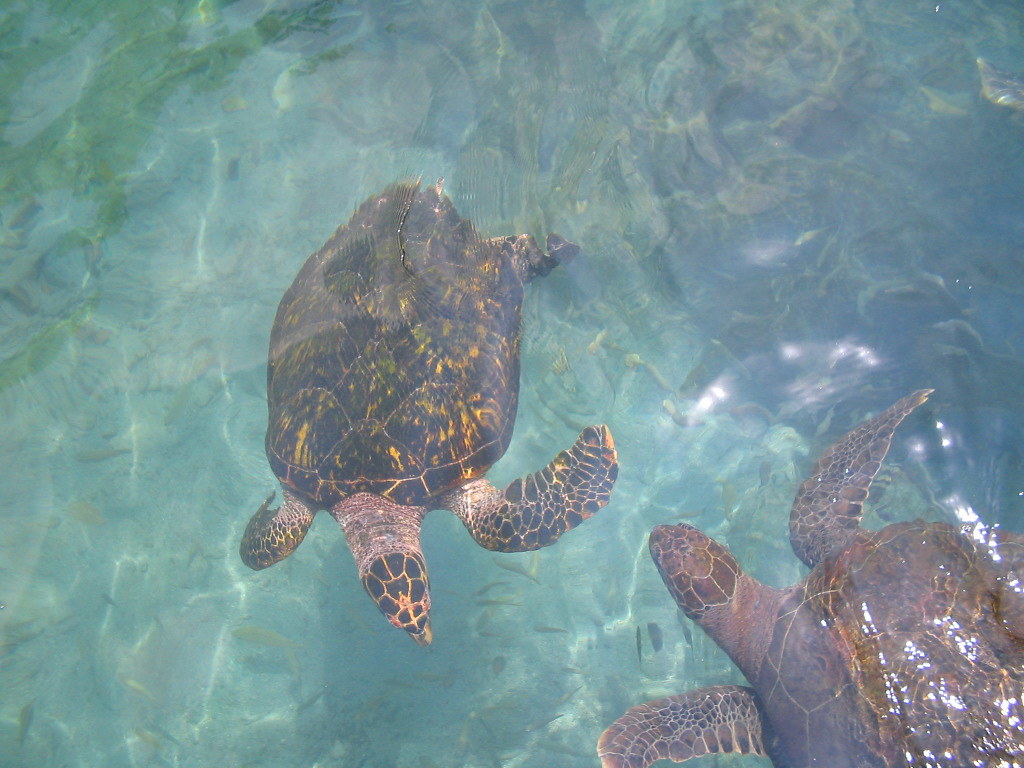
For precision in turtle tank maintenance, water quality testing provides objective data beyond visual assessment. Aquatic test kits measure crucial parameters including ammonia, nitrite, nitrate, and pH levels—all vital indicators of habitat health. Ammonia and nitrite should consistently read zero in a properly maintained tank, while nitrate levels below 40 ppm are generally considered acceptable for turtles. Testing weekly helps establish patterns and identify problems before they affect your pet’s health, allowing you to adjust cleaning frequency based on actual water conditions rather than assumptions. Many experienced turtle keepers maintain a testing log to track changes over time, which helps identify seasonal patterns or issues related to specific events like filter modifications or dietary changes.
Developing an Efficient Cleaning Routine
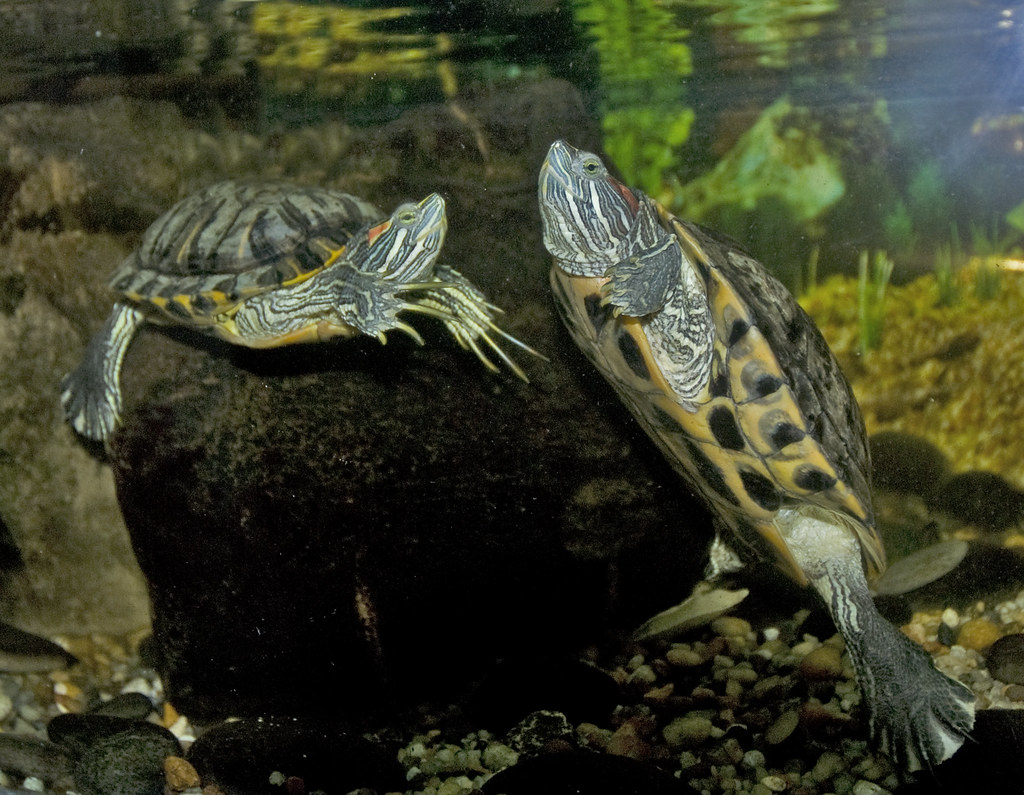
Creating a sustainable cleaning system makes maintenance less burdensome and increases the likelihood you’ll stick with it long-term. Start by gathering all necessary supplies in one location: water conditioner, siphon, scrub brushes, buckets, and temporary housing for your turtle during deep cleans. Consider designating specific tools exclusively for turtle tank use to prevent cross-contamination with household cleaners or chemicals.
Many turtle enthusiasts find that performing partial water changes during weekday evenings and scheduling deep cleanings for weekend mornings works well with typical schedules. Establishing a written maintenance calendar with reminders for different tasks—weekly water changes, monthly filter maintenance, quarterly deep cleanings—helps ensure nothing gets overlooked, especially for multiple tank setups or busy households.
The Dangers of Over-Cleaning Your Turtle’s Habitat
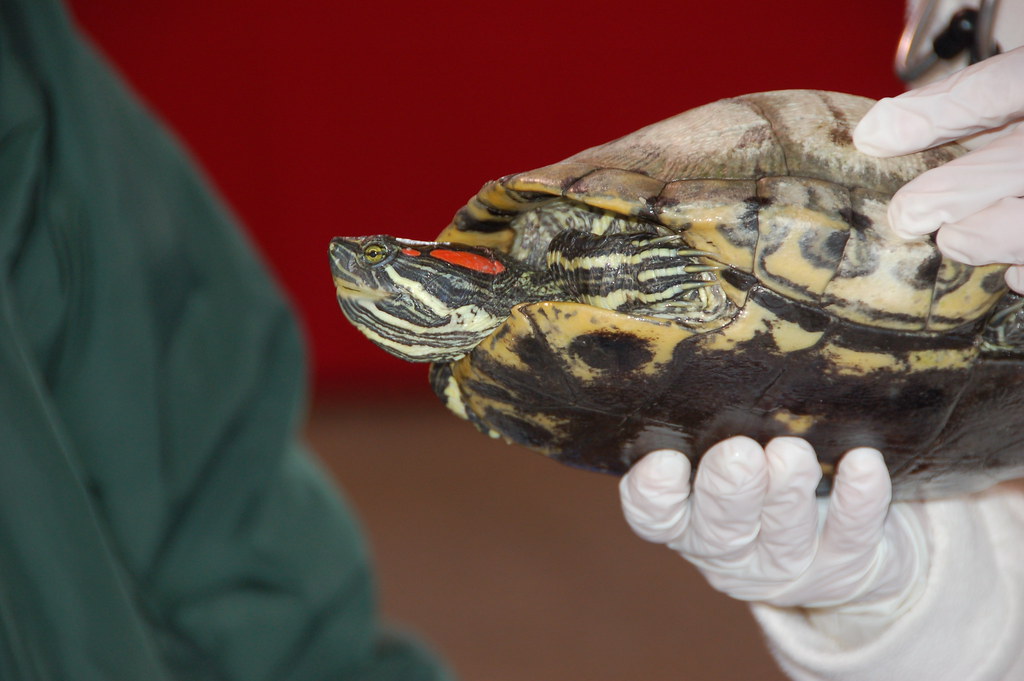
While maintaining cleanliness is essential, excessive cleaning can create its own problems for your turtle’s environment. Beneficial bacteria colonies that develop in established tanks help break down waste products and maintain ecological balance—too-frequent complete cleanings can disrupt this biological filtration system. When performing deep cleanings, preserve some of the established water and avoid washing filter media with tap water, which contains chlorine that kills beneficial bacteria.
Additionally, turtles can experience stress when their environment changes drastically or frequently, potentially impacting their immune function and behavior. Finding the balance between cleanliness and stability often means performing more frequent partial water changes while limiting complete habitat overhauls to when they’re truly necessary based on water quality tests and visual inspection.
Using Natural Helpers: Plants and Cleanup Crews

Natural additions to your turtle tank can supplement your cleaning efforts and extend time between maintenance sessions. Live aquatic plants absorb nitrates and other waste compounds while adding oxygen to the water, though you’ll need sturdy varieties that can withstand turtle browsing and digging. Small freshwater fish like guppies sometimes coexist with turtles and consume leftover food particles, though predation risk means this isn’t suitable for all setups. In planted tanks, certain snail species can help control algae growth, while specialized beneficial bacteria supplements can accelerate the nitrogen cycle and improve waste processing. These biological assistants don’t replace regular maintenance but can help maintain water quality between cleanings and create a more natural, balanced ecosystem for your shelled companion.
Creating a Sustainable Long-Term Maintenance Plan

The most effective turtle tank cleaning schedule is one you can realistically maintain year after year. Be honest about your available time and energy when establishing routines—a simplified schedule you follow consistently is far better than an ambitious plan that quickly becomes overwhelming. Many turtle keepers find success with a tiered approach: quick daily checks for obvious problems, weekly partial water changes, monthly filter maintenance, and quarterly deep cleanings. Adjust this framework based on your specific situation, including tank size, filtration capacity, number of turtles, and your personal schedule. Remember that turtle care is a long-term commitment—most species live decades with proper care—so developing sustainable habits from the beginning prevents maintenance fatigue and ensures your reptilian companion enjoys consistently good water quality throughout its life.
Maintaining a clean turtle habitat requires finding the right balance between diligence and practicality. While there’s no universal schedule that works for every situation, understanding the factors that influence cleaning frequency empowers you to make informed decisions about your pet’s care. By considering tank size, filtration, species needs, and monitoring water quality, you can develop a maintenance routine that keeps your turtle healthy without becoming overwhelming. Remember that consistency matters more than perfection—regular partial water changes and attentive monitoring will go further than sporadic deep cleanings. Your turtle depends on you for its environmental health, and with the right approach to tank maintenance, you can provide a clean, stimulating habitat where your shelled friend will thrive for many years to come.

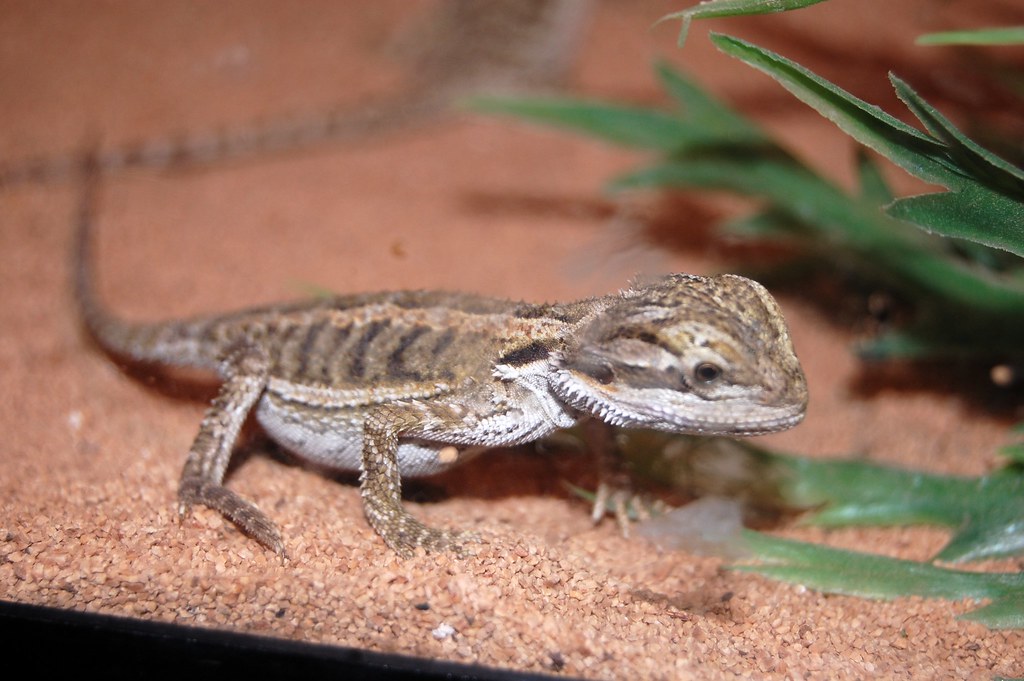
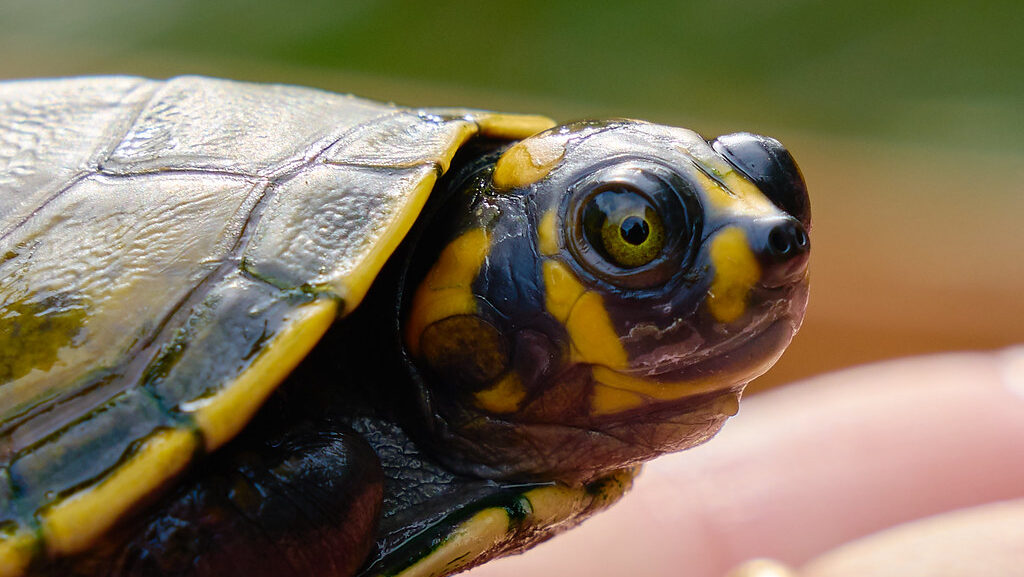

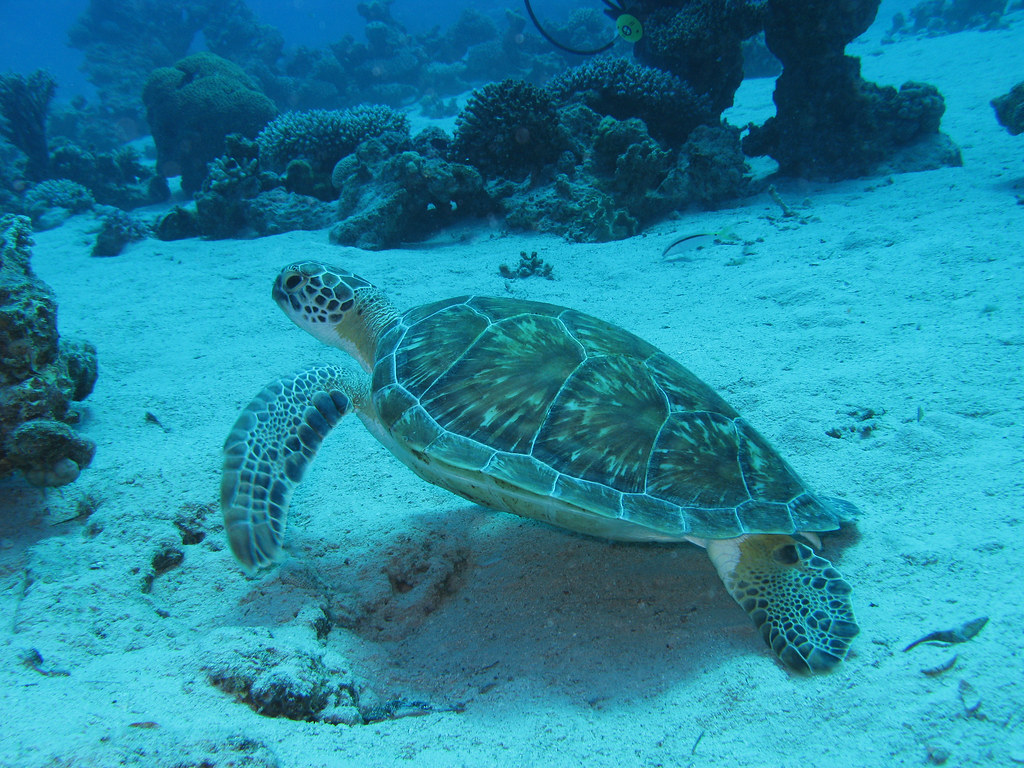
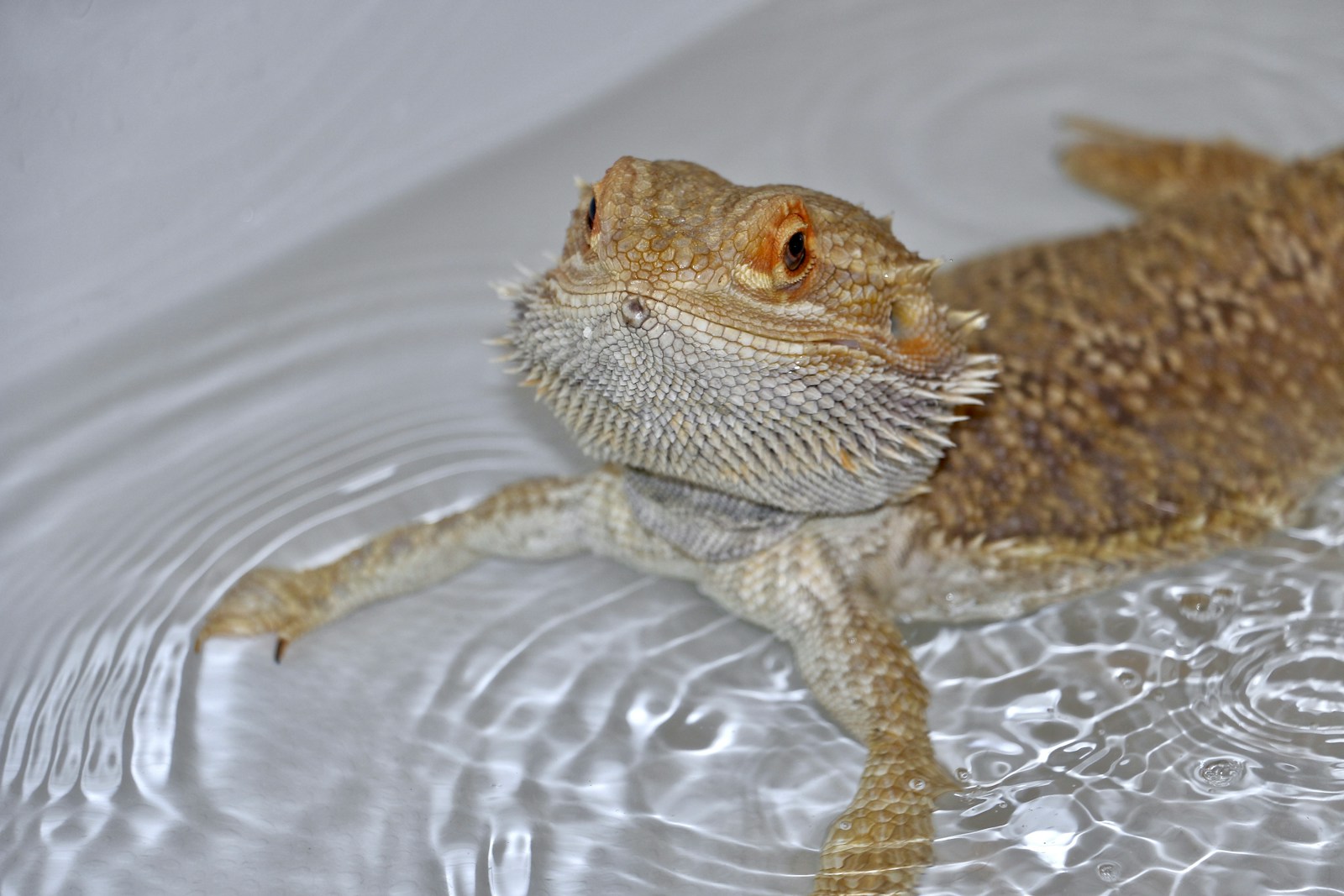

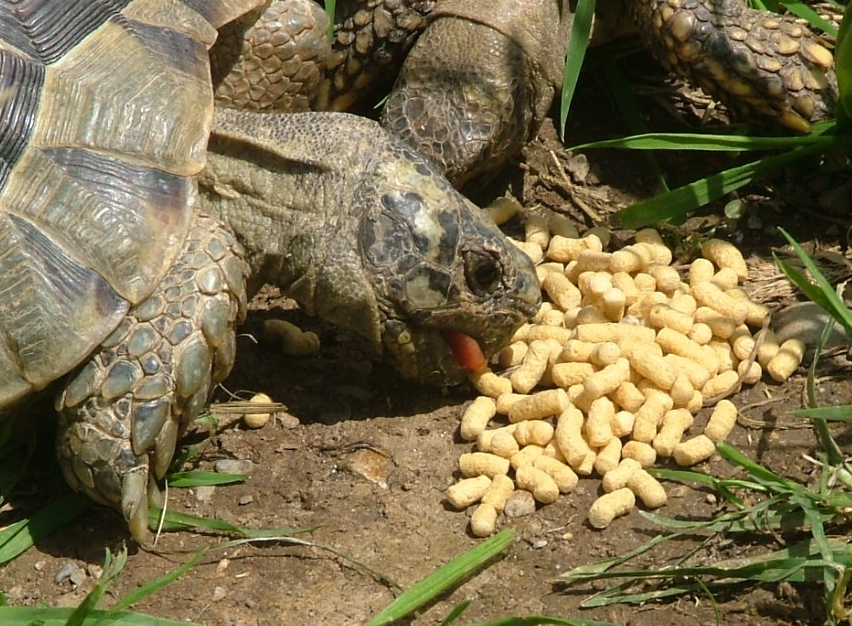

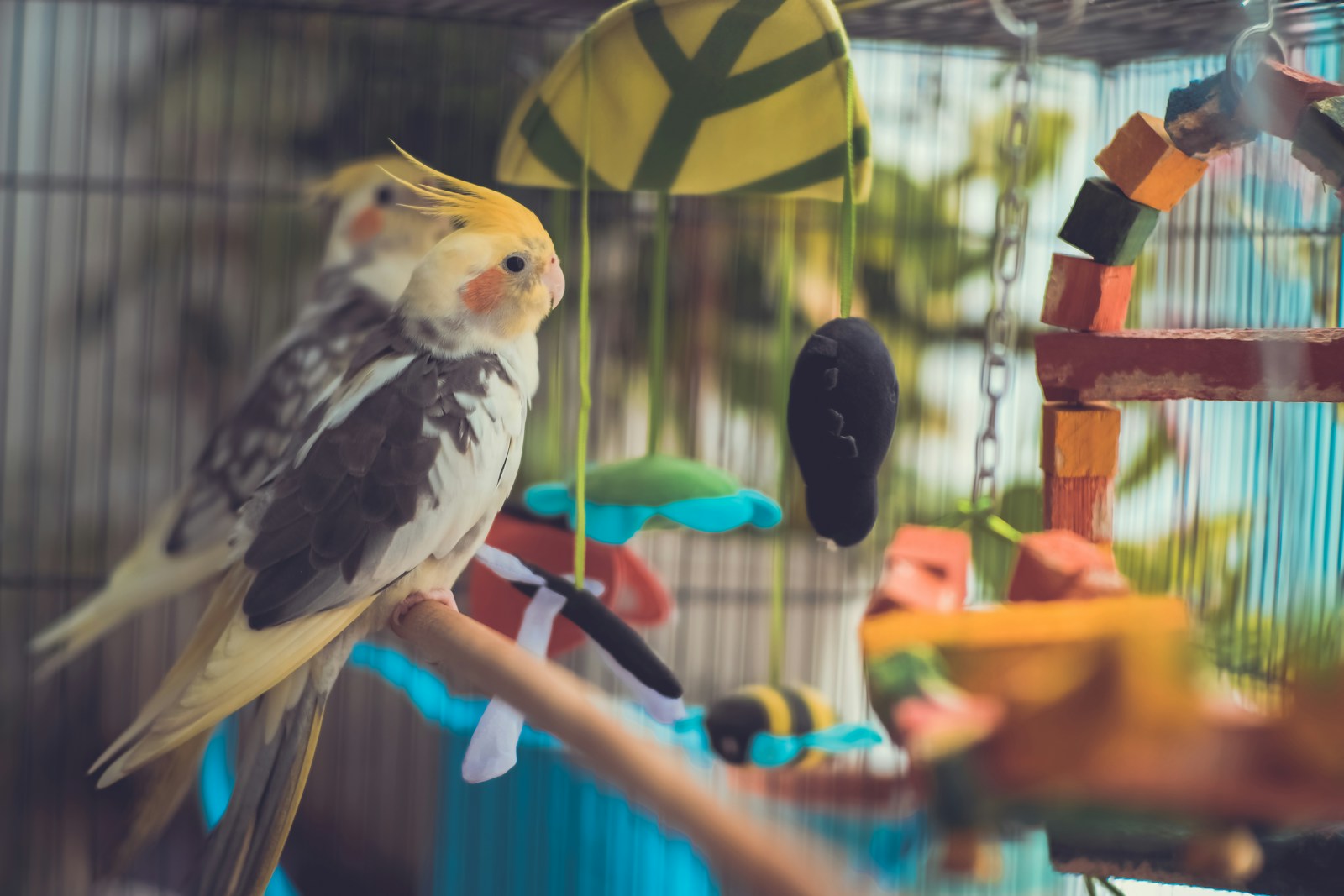





Leave a Reply